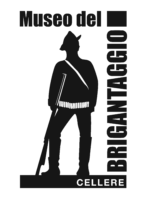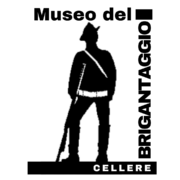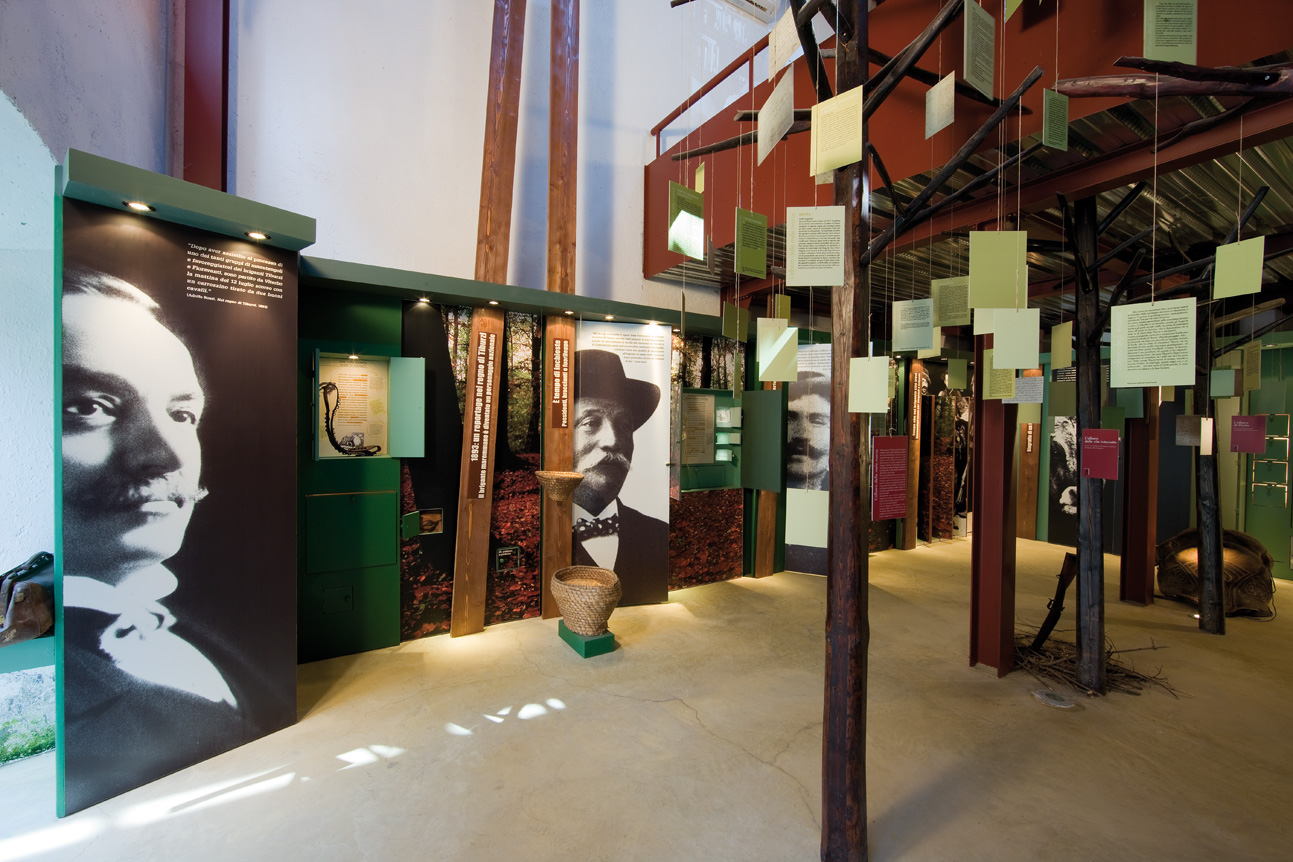The protagonist of this exhibition itinerary is Domenico Tiburzi, the Re del Lamone (King of Lamone), most notorious among the brigands of the Maremma, who was born in the district of Pianiano in 1831 and died at the Forane di Capalbio in 1896.
The museum is located in the same building that used to house the former municipal slaughterhouse. The building, erected in the early twentieth century, has been recovered and repurposed to serve as the Museo del brigantaggio’s location. After walking through the entrance, a symbolic place where the musuem states its mission, the visitor has access to a space entirely dedicated to documentary sources on brigandage in the Maremma that date back to the time when the phenomenon was taking place (approximately the second half of the nineteenth century). Two main scenographic elements characterize this floor: the forest and the train, with the first representing tradition and the second a concept of modernity. The relationship between these two dimensions represents one of the main keys to interpreting brigandage in the Maremma.
The ground floor has been set up as a polyphonic itinerary with items on display, information to read, drawers to open and audiovisual material to consume: cognitive and emotional resources that the visitor can initiate and enjoy following their own curiosity. The path is guided by news reports from journalist Adolfo Rossi, who followed the legal proceedings of the Banda del Lamone (Lamone crew), of which Tiburzi was the boss, and even published a book called Nel Regno di Tiburzi(In Tiburzi’s Kingdom) in 1893.
The upper floor offers a series of stories with Tiburzi as the protagonist in the form of several audiovisual ethnographic installations. Three of these stories, the most symbolic, have been turned into small narrative performances available in three different themed rooms.
The itinerary ends at the Taverna dei briganti (brigand’s tavern), a place that documents the local commercial and promotional use of the figure of the brigand.







